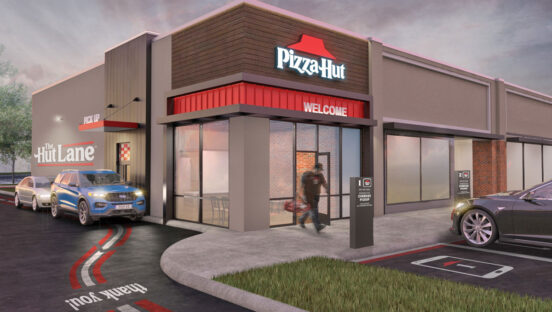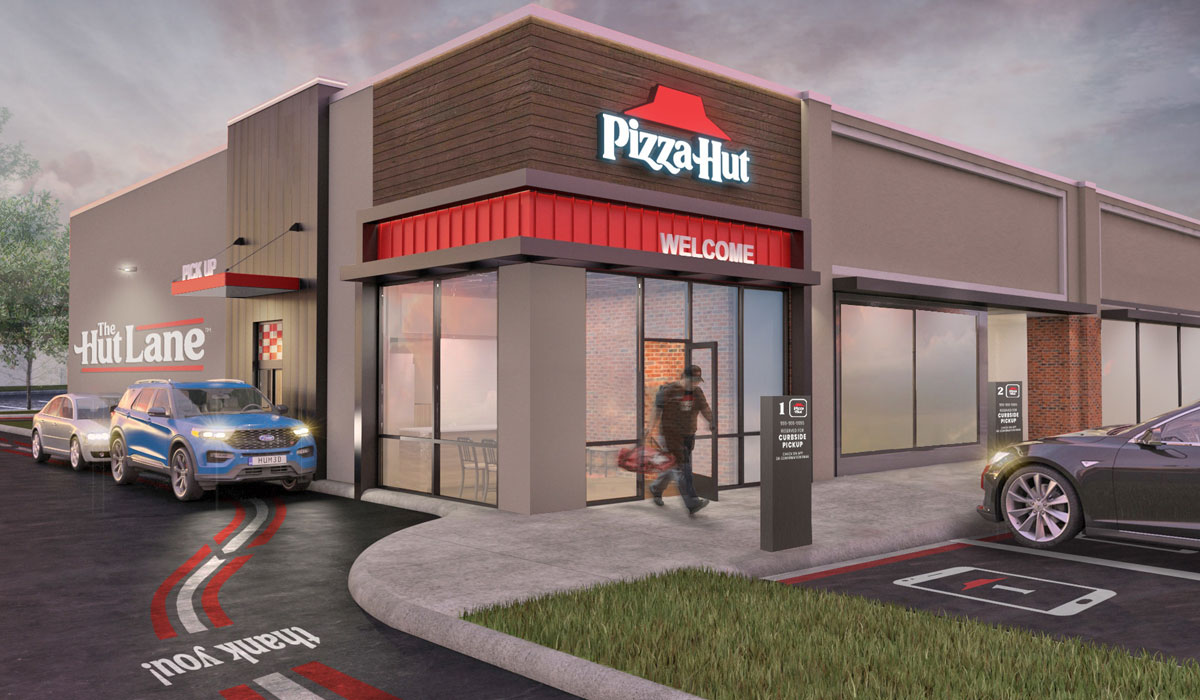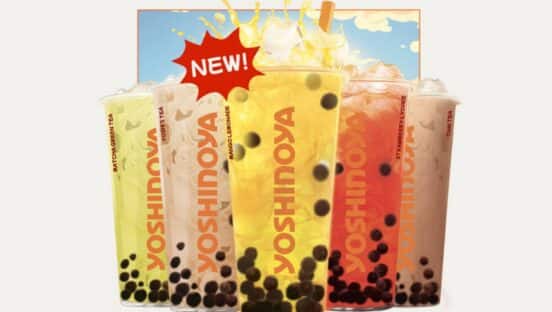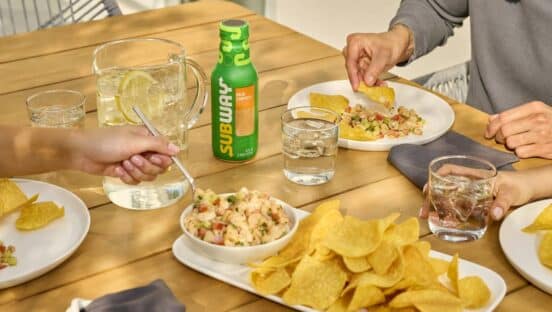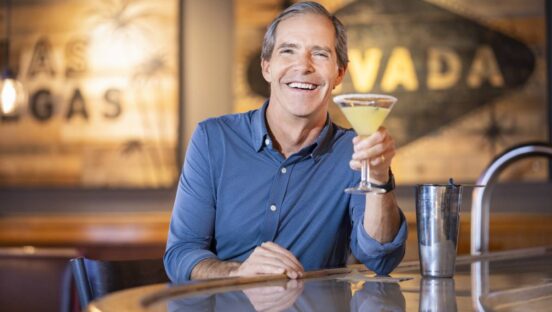A rare bright spot for the restaurant industry during the pandemic, the quick-service pizza category has seen its sales momentum dissipate after several years of COVID-driven tailwinds. Domino’s, Pizza Hut, and Papa Johns reported weaker sales in 2022 amid a challenging delivery environment.
Higher-priced delivery orders were among the first things consumers cut last year as they tightened their wallets, according to Domino’s CEO Russell Weiner.
“As we saw in the last recession, delivery moves with the economy, especially for customers with lower disposable income, who represent a significant portion of our business,” he told investors during the company’s Q4 and full-year earnings call in February. “We expect the economy to be a headwind for our delivery business in 2023.”
Staffing shortages have taken a significant bite of pizza delivery, too. Capacity constraints limited Domino’s and Pizza Hut’s ability to fully meet orders in the channel last year. The impact of staffing shortages on delivery was evident in the first quarter when domestic same-store sales fell 6 percent at Pizza Hut and 3.6 percent at Domino’s. Pizza Hut ended the year with same-store sales down 1 percent. Domino’s saw same-store sales decline 0.8 percent, marking the company’s first negative comps result on an annual basis since 2008. Papa Johns’ same-store sales were up 1 percent for the year, making it the only one of the big three publicly traded pizza chains to deliver positive comps in 2022.
Pizza Hut pivoted and embraced third-party delivery, integrating white-label delivery into its point-of-sale platform and expanding access to the brand via aggregators’ online marketplaces.
“The integration of third-party delivery apps has enabled Pizza Hut team members to process delivery orders with new levels of ease while also giving us the ability to win new guests and compete for new occasions that a customer may have not previously considered Pizza Hut for,” Pizza Hut president David Graves says. “Aggregators brought incremental customers into our business, and we’ve seen meaningful improvement on delivery sale trends since we started working with them more intentionally in late 2022. In early 2022, we saw approximately five transactions per store through aggregators, and at the end of 2022, we had increased to nearly 50—based on a weekly total—so, these transactions certainly show a significant lift.”
Franchisees are deciding for themselves how they want to work with aggregators. Increasingly, they’re opting to gain access to both the mobile platforms and the outside delivery drivers to bolster fulfillment during peak times when they need the extra capacity. And since the brand worked to ensure economics are roughly the same across channels, it’s more or less indifferent in terms of where the sales fall.
While Weiner has hinted that Domino’s may be considering softening its hardline stance on third-party delivery, the company remains reliant on its drivers to fulfill orders. That means it has had to look within the organization for solutions to the labor challenge.
“We found one answer to the delivery driver shortage by looking inside our own franchise operations,” says Joe Jordan, president of U.S. and global services at Domino’s. “After speaking to some of the franchisees who use their own fleet of vehicles, we found that they provide more opportunity to potential drivers who don’t have a car of their own. So, as a brand, we launched a fleet of more than 800 Chevy Bolt electric vehicles.”
The move, which gave Domino’s the country’s largest electric vehicle delivery fleet, provided several advantages for Domino’s stores, including ample battery life with the potential to have days of deliveries, zero tailpipe emissions, and lower average maintenance costs than nonelectric vehicles, without the financial impact of high gas prices.
Staffing shortages have had a less pronounced impact on Papa Johns, which started working with third-party delivery providers in 2019, and Little Caesars, which got into the aggregator game in 2020. Still, both companies have worked to improve operational efficiencies and ease the burden on team members.
Patrick Cunningham, vice president of U.S. development at Little Caesars, says the company hasn’t been immune from staffing challenges, but it’s benefited from a business model that requires “a significantly lower level of labor.”
“From the back of the store to the front of the store, from delivery of our raw materials all the way through delivery to our guests, the way the store is designed is extremely efficient, and we’ve been able to capitalize on that from a labor perspective,” he says.
Little Caesars has ramped up investments in technology, emphasizing automation, digital menuboards, and other proprietary technology that helps further streamline operations. It also increased wages across the board and offered more flexible schedules for team members.
“Many people who are at higher levels of the organization started as crew members in the store, so we’ve shown that opportunities exist for growth, not only at the restaurant level, but outside of the restaurant level,” Cunningham says. “Those factors have certainly helped us mitigate what’s happening out there right now.”
Pizza Hut adjusted its hiring practices to attract more drivers. It also continues to expand its Dragontail platform, which automates kitchen flow and driver dispatch processes.
“This AI enables us to sequence how we prepare and deliver pizzas, so it is both more seamless for the Pizza Hut team member while also allowing us to get orders to our guests faster and hotter,” Graves says. “It’s been hugely impactful from an operations and team member standpoint and globally, we expect to have Dragontail in over 7,000 stores by the end of 2023.”
Domino’s, meanwhile, is leaning into call centers to field phone orders and free up employees in the store to focus on other tasks. Similarly, Papa Johns has continued to leverage its PapaCall initiative, which brought artificial intelligence into its call centers. CEO Robert Lynch says the technology has reduced the number of dropped calls and lost orders.
Papa Johns also has taken steps to improve its make-line efficiency and streamline its operational models when it comes to dispatching both internal and external delivery drivers. A renewed focus on efficiency and execution helped it shave 10 minutes off its out-the-door time for orders taken in corporate restaurants.
Building on those efforts, the company late last year unveiled a “Back to Better” operations initiative.
“It really is about us returning to one of the things that made this brand great to begin with, which was great company operations,” Lynch says. “During the pandemic, we were so focused on keeping everyone safe and keeping these restaurants open, that we moved a little bit away from some of the really important KPIs that drive operational productivity and performance.”
Inflation comes and goes, and most pizza chains reported improvements in staffing levels heading into 2023. Challenging year-over-year comparisons offer a partial explanation for the softness in delivery, too. But the normalization of consumer behaviors and a return to in-person dining experiences could be a longer-term headwind for pizza delivery.
Data from The NPD Group show demand for quick-service delivery in general, not just pizza, declined in the high-single digits last year.
“As consumers returned to many of their pre-COVID eating habits, some of the sit-down business that was a source of volume for restaurant delivery orders returned to that channel,” Weiner told investors in February.
He added that because Domino’s business model is focused on carryout and delivery, the shift back to dine-in has bigger implications for the company compared to non-pizza restaurants that already offered sit down and carryout, but added delivery to their distribution channels during the pandemic.
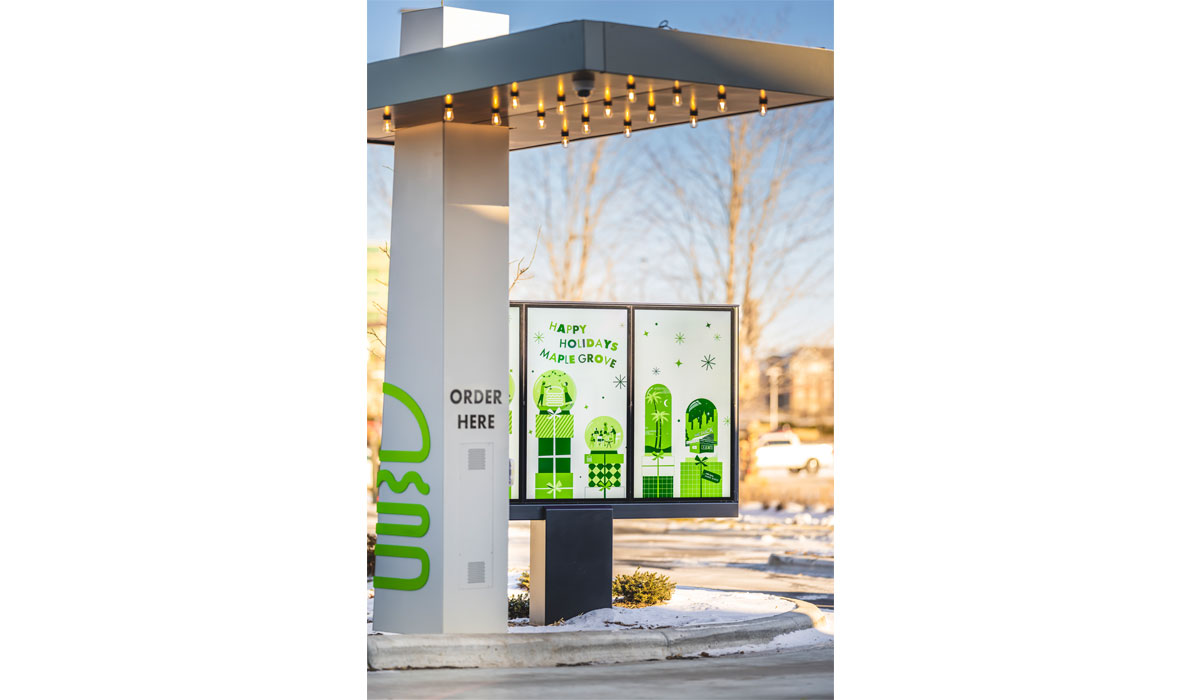
Value and Innovation
Pizza’s ease and affordability made it a go-to meal for cash-strapped and homebound consumers as stay-at-home orders and mandated dining room closures swept across the country in 2020. Now, the category is doubling down on value plays in a different environment marked by new macroeconomic and external roadblocks.
With inflation and changing consumer dynamics weighing on delivery, brands are emphasizing deals and promotions to engage price-sensitive consumers in a time of soaring costs.
Pizza Hut launched Menu Melts, a handheld item featuring two slices of pizza that are folded, baked, and served with a dipping sauce. The product, which Graves says was specifically crafted with an individual meal occasion in mind, is priced at $6.99.
“Melts over-indexed to pre-dinner time frames and individual occasion tickets and helped to recover more value-conscious customers due to its strong value proposition,” Graves says. “The success from Melts in Q4 2022 included driving meaningful improvement with transactions, which is a difference maker from what we’re seeing in the category.”
Domino’s also is doubling down on value as it seeks to regain its momentum following one of its most challenging sales years in over a decade. The company took 5.4 percent of price last year, and it turned to promotions and limited-time offers to generate traffic. Last fall, it launched an inflation relief deal, offering 20 percent off menu-priced items ordered online. It also moved its $5.99 Mix and Match deal to $6.99 while expanding the platform with a new Loaded Tots offering.
“They’re actually the first potato items that we’ve offered on our national menu, and they perfectly complement pizza, which we’re always looking to do,” Jordan says. “They’re also part of Domino’s Mix and Match deal, so not only are we bringing a delicious new product to customers, but at a great price.”
Along with filling delivery positions, maintaining a strong value proposition while adjusting to higher food costs is a top concern he’s hearing from conversations with franchisees.
“Whether it’s an inflationary environment or a non-inflationary environment, we need to be the best relative value out there in the quick-service restaurant industry,” Jordan says.
Little Caesars raised the price of its signature Hot-N-Ready Pizza platform from $5 to $5.55, but it also added 33 percent more pepperoni to sweeten the deal. The additional 55 cents is a temporary change while the extra toppings are permanent. Beyond raising prices, Cunningham says, the brand manages macroeconomic headwinds because it controls its own foodservice distribution company.
“The inflation portion continues to be top of mind,” he says. “But from a supply chain perspective, we’re very well positioned. We have a vertically integrated supply chain here that keeps the operators at ease and gives us an edge on the industry.”
Papa Johns is taking a different approach. Instead of aiming for the lowest possible price point, it’s channeled much of its menu innovation efforts toward premium offerings, namely its stuffed crust platform. The company earlier this year debuted its Crispy Parm Pizza, featuring baked cheese underneath the crust.
“We like pushing the envelope on innovation, and customers are really responding,” Lynch says. “We’re going to keep innovating on the premium side.”
That doesn’t mean the company isn’t courting price-sensitive consumers. Papa John’s launched Papa Pairings to compete with Domino’s, Pizza Hut, and Little Caesars on the value front. The platform allows customers to choose two or more items for $6.99 each. Among the offerings included in the deal are medium one-topping pizzas, bread sides like cheese sticks and garlic knots, Papadias, wings, and desserts.
“We’ve been pretty happy with the way our Papa Pairings platform has performed,” Lynch says. “We look at that ‘value’ platform as not just a discount, but a way to drive people to products they may not typically try or even be aware of.”
Papa Johns is optimistic about its outlook for 2023, guiding 2–4 percent growth on an annualized basis. Domino’s lowered its short-term outlook but still expects sales will grow between 2–4 percent over the next two to three years.
While pizza may have to fight harder for its share of the stomach going forward, Cunningham says the classic category’s growth story is far from over.
“I believe that this segment is one of, if not the best, segments to be in,” he says. “It’s seen growth for many years, and it’s going to continue to see growth for many years to come. It’s a segment that is on the top of consumers’ minds seven days a week.”

